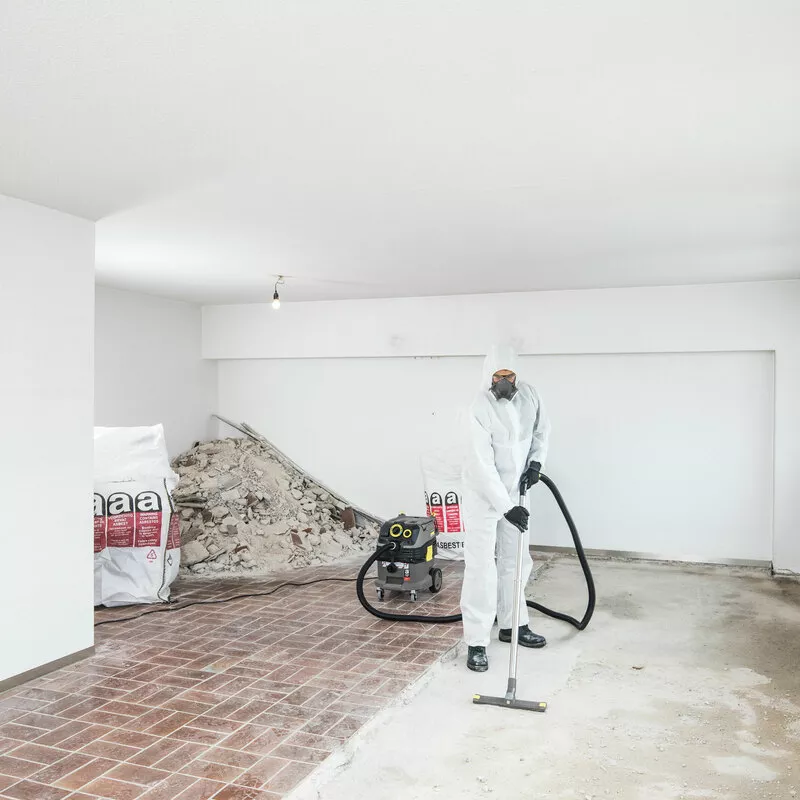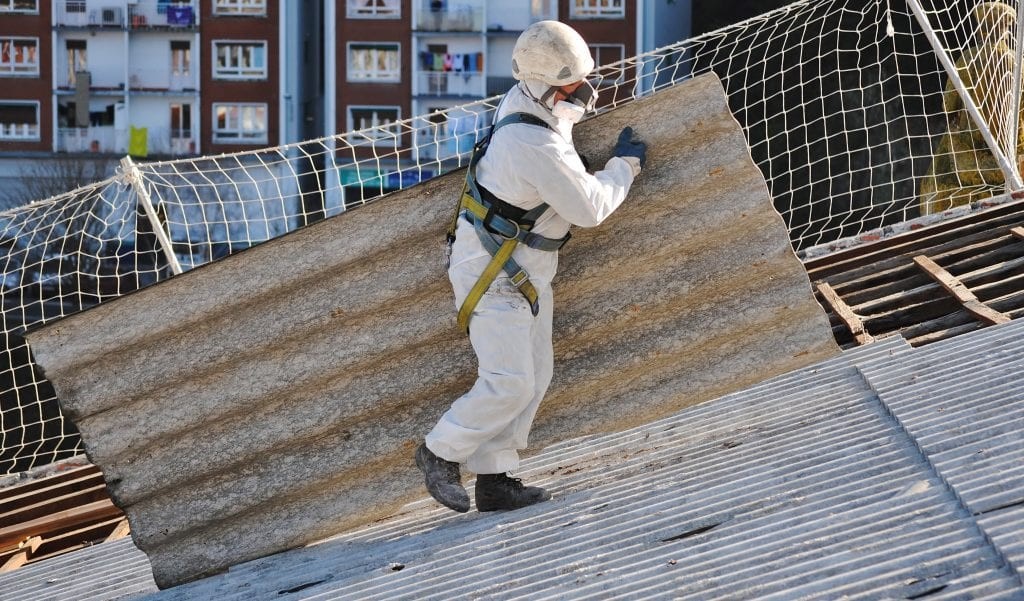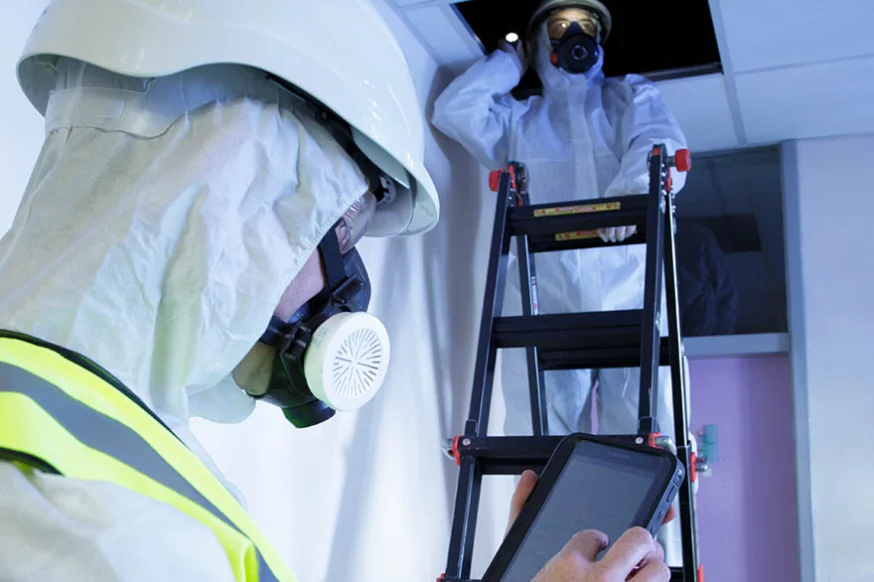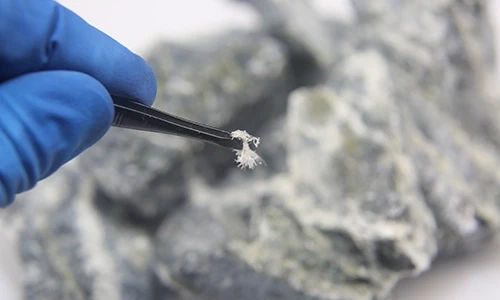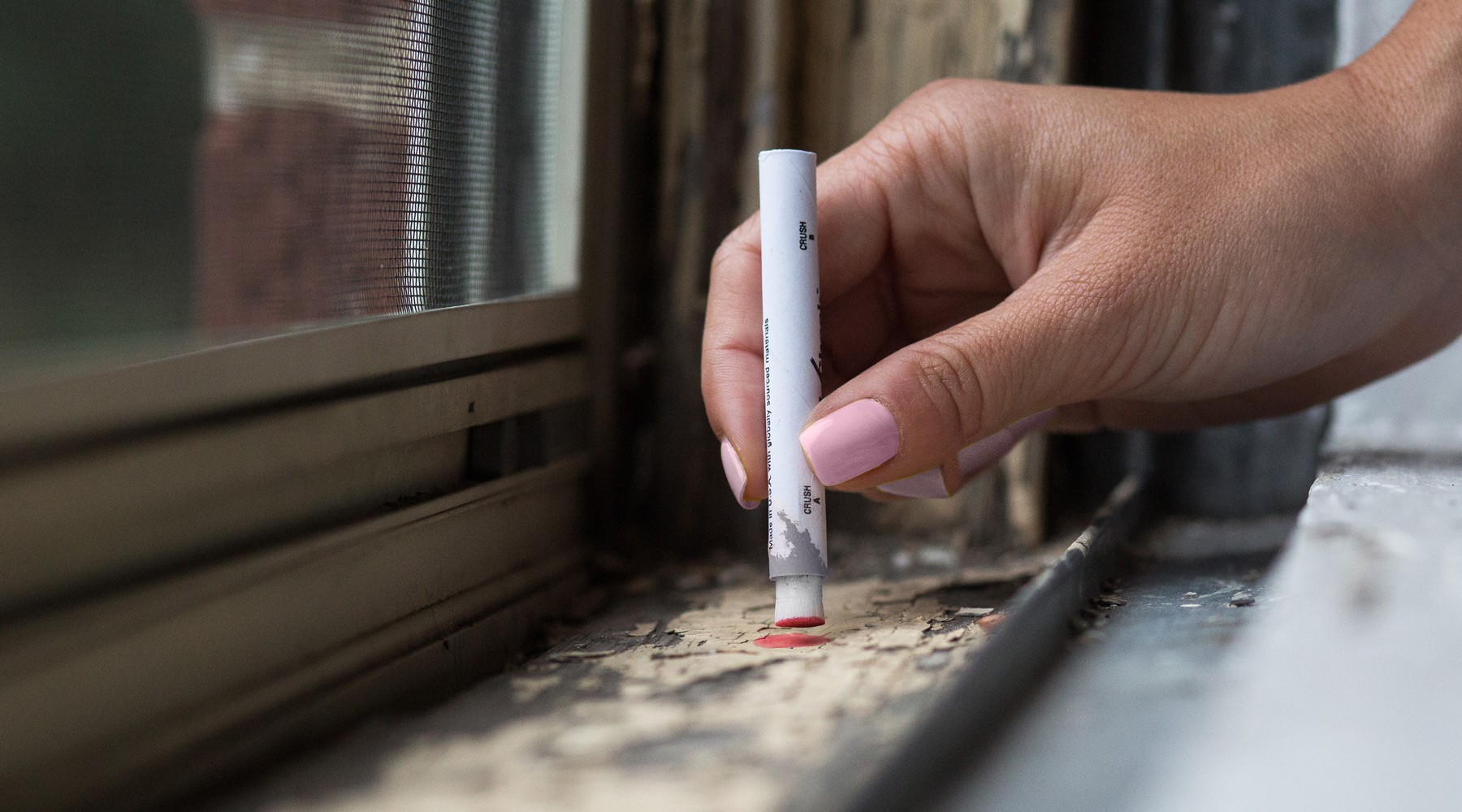Buying or renovating an older home comes with all kinds of surprises — some charming, like vintage tile floors, and others more serious, like asbestos hidden in the walls, ceilings, or under your feet.
If your home was built before the 1990s, there’s a good chance it contains asbestos-containing materials (ACMs) — and while they may not be dangerous unless disturbed, you absolutely need to know they’re there. That’s where asbestos testing comes in.
In this blog, we break down what asbestos is, where it hides in homes, and when you should test — especially before making that first cut, drill, or DIY upgrade.
🧪 What Is Asbestos and Why Is It in My House?
Asbestos is a naturally occurring mineral once widely used in construction for its heat resistance, strength, and fireproofing properties. It was common in homes built before the 1980s, and was gradually phased out after being linked to serious health issues.
Health risks from asbestos include:
-
Lung cancer
-
Asbestosis (permanent lung damage)
-
Mesothelioma (a rare and aggressive cancer)
Asbestos is only dangerous when disturbed — but that can happen easily during renovations, repairs, or even when materials start to deteriorate.
🔍 Where Can Asbestos Be Found in a Home?
Some common residential asbestos-containing materials include:
-
Popcorn ceilings or textured paint
-
Floor tiles and vinyl sheet flooring (and the glue underneath)
-
Cement siding and roof shingles
-
Pipe insulation and boiler wrapping
-
Drywall joint compound
-
Duct insulation and furnace gaskets
-
Acoustic ceiling tiles
You can’t tell by looking — these materials look no different than modern, safe versions.
🛠️ When Should Homeowners Test for Asbestos?
If you’re not planning to touch anything, and all materials are intact, the risk is low. But you should test for asbestos if:
-
You're planning any renovation, demolition, or DIY project
-
You notice crumbling insulation, tiles, or ceiling materials
-
You’ve had water damage (wet asbestos materials release more fibers)
-
You're buying or selling a pre-1990 home
-
You’re having your HVAC, plumbing, or electrical systems serviced
Think of asbestos testing as a precautionary health screening for your home. It’s better to test before disturbing materials than to find out too late.
🧰 What Does Asbestos Testing Involve?
Asbestos testing is fast, safe, and typically handled by certified professionals. Here's how it works:
-
Inspection – An expert walks through your property and identifies suspect materials
-
Sampling – Small samples are carefully collected (without releasing fibers)
-
Lab Testing – Samples are sent to an accredited lab for analysis
-
Reporting – You receive a detailed report showing where asbestos is present and what to do next
🛑 DIY testing kits exist, but using them without training can release harmful fibers. Always hire a licensed asbestos inspector.
🧾 What If Asbestos Is Found?
Don’t panic! If asbestos is found:
-
You don’t need to remove it unless it’s damaged or will be disturbed
-
Options include encapsulation, enclosure, or full abatement
-
Removal must be done by licensed professionals, following safety and disposal laws
For peace of mind, you can also have air quality testing done to ensure your home is safe to occupy.
💡 Preventive Testing = Peace of Mind
Asbestos testing may not be the first thing you think about when planning home improvements — but it should be one of the first steps. It's affordable, fast, and could prevent serious health risks down the road.
If you’re about to remodel your kitchen, knock down a wall, or just moved into a fixer-upper — get tested before you get started.
📞 Ready to Schedule Your Asbestos Test?
We offer safe, certified asbestos inspections for homeowners, buyers, and renovators. Our team handles everything from testing to reporting — with clear answers and expert guidance.
👉 Contact us today to book your inspection or get a free quote.





